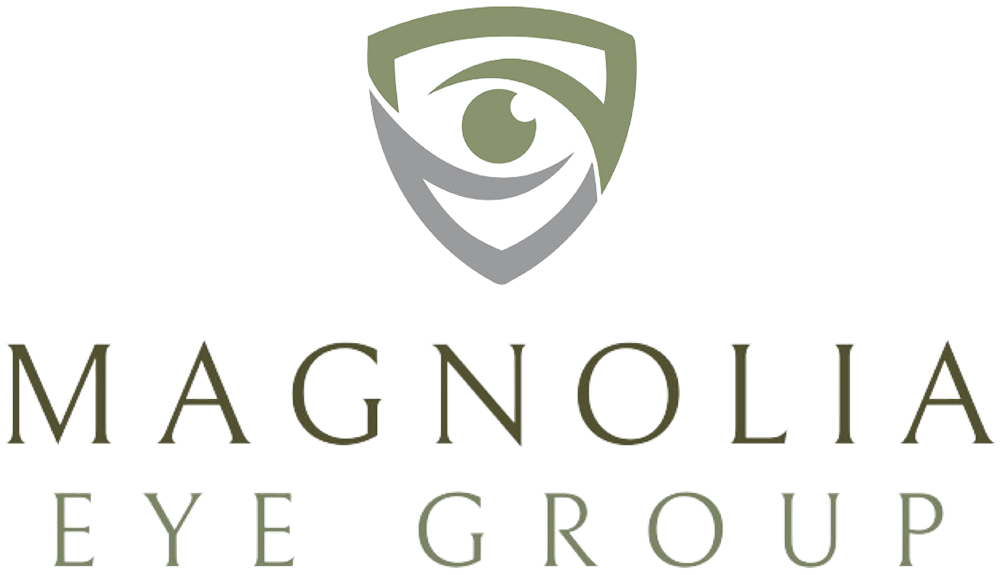Dry Eyes
When your eyes lack proper lubrication, activities you once enjoyed can become challenging and uncomfortable. We at Magnolia Eye Group specialize in diagnosing and treating dry eye syndrome using evidence-based approaches that address both symptoms and underlying causes.
We know just how uncomfortable and frustrating dry eye syndrome can be.
That’s why we use a range of diagnostic and treatment strategies to help personalize your treatment. Whether you need lubricating eye drops or an in-office IPL treatment, we’ll be happy to help you find the lasting results you need.
Book an appointment today at Magnolia Eye Group and let us help bring you closer to finding comfortable, hydrated vision.

Understanding Dry Eyes
Dry eye syndrome occurs when the eyes either fail to produce enough tears or when tears evaporate too quickly from the eye surface. This complex condition disrupts the delicate balance of your tear film – a crucial three-layered protective coating composed of oil, water, and mucus. Each layer serves a specific purpose: the oily layer prevents tear evaporation, the watery layer nourishes the cornea, and the mucus layer helps tears stick to the eye surface. When any component of this system malfunctions, it can lead to chronic discomfort and potential vision problems.
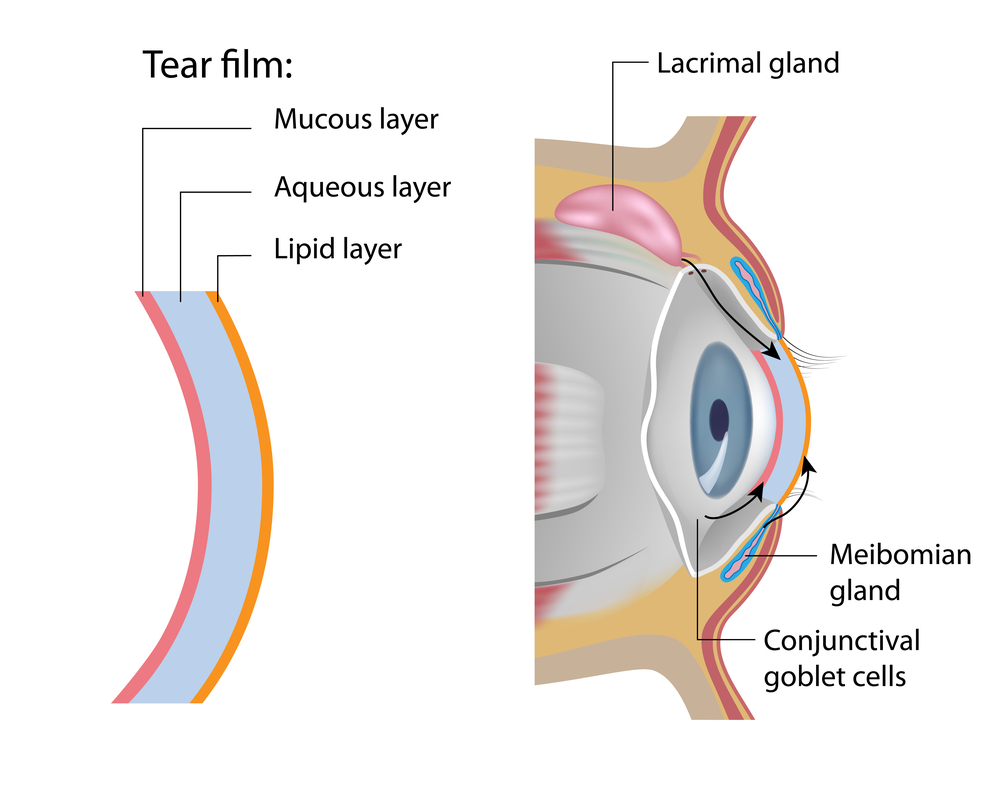
What is dry eye?
Before we recommend contact lenses, we will perform an eye exam and an assessment of the cornea to determine which types of contact lenses would be a good option for you.
Soft contact lenses may be a good option for you if:
- You have a healthy tear film
- Your environment is free of dust and dirt in the air
- You don’t have eye diseases or conditions
If it’s determined that you may not be a good soft contact lens candidate due to the reasons above, we also fit various types of specialty contact lenses for hard-to-fit corneas.
Our Dry Eye Services
Your path to relief starts with an accurate diagnosis followed by targeted treatment. We utilize multiple approaches to ensure comprehensive care for your unique situation.
OptiLight IPL Treatment
This groundbreaking therapy directs carefully calibrated light pulses beneath the eye area to address inflammation at its source. By targeting the underlying causes of dry eye syndrome, OptiLight IPL helps restore proper tear film function and reduces chronic irritation. Patients typically notice improvements after their initial sessions, with benefits accumulating over the complete treatment course.
Punctal Plug Therapy
These microscopic devices work continuously to maintain eye moisture by preventing premature tear drainage. During a quick in-office procedure, we precisely position these biocompatible plugs within the tear ducts. Many patients report immediate improvement in comfort, especially those who previously relied heavily on artificial tears.
Blephadex Wipe Treatment
Proper eyelid hygiene significantly impacts dry eye management. Blephadex wipes provide thorough yet gentle cleansing of the entire eye area. Regular use helps maintain clear, debris-free eyelids and lashes while supporting healthy meibomian gland function – a crucial factor in tear film stability.
Amniotic Membrane Treatment
For persistent dry eye cases, amniotic membrane therapy offers advanced healing support. These specialized biological materials contain natural growth factors and proteins that reduce inflammation and promote tissue repair. The membrane serves as a protective barrier while delivering therapeutic compounds directly to the eye surface.
Take our Dry Eye Quiz!
Our Dry Eye Process
Comprehensive Eye Evaluation
We start with detailed testing of your tear production, meibomian gland function, and tear film stability. Understanding these factors helps pinpoint the exact cause of your dry eye symptoms and guides treatment selection.
Personalized Dry Eye Assessment
Your symptoms, medical history, and lifestyle all affect how dry eye develops. We measure tear osmolarity, evaluate corneal staining patterns, and assess your blinking patterns to create a complete picture of your condition.
Advanced Treatment Sessions
Based on test results, we begin appropriate therapies such as OptiLight IPL, punctal plug insertion, or amniotic membrane placement. Each session is precisely timed and monitored to maximize effectiveness.
Expert Eye Care Instructions
Proper home care significantly impacts treatment success. We provide specific guidelines for using prescribed medications, performing eyelid hygiene, and making environmental adjustments that support your recovery.
Progress Monitoring
Regular checks allow us to measure improvement in tear production, evaluate symptom reduction, and adjust treatments as needed. We track specific markers of eye health to ensure you’re getting optimal results.
Why Choose Us for Dry Eye Treatment
The Magnolia Eye Group difference lies in our systematic approach to dry eye care. Through detailed diagnostics and ongoing research in optometry, we’ve developed effective protocols that address various forms of dry eye syndrome. Our investment in advanced treatment technologies – from OptiLight IPL to amniotic membranes – ensures you receive care that matches current medical standards.
We take time to understand how dry eye affects your daily activities, whether you’re dealing with contact lens discomfort, screen time irritation, or chronic eye fatigue. Each treatment plan reflects this personalized understanding, adjusted and refined based on your specific symptoms and response to therapy.
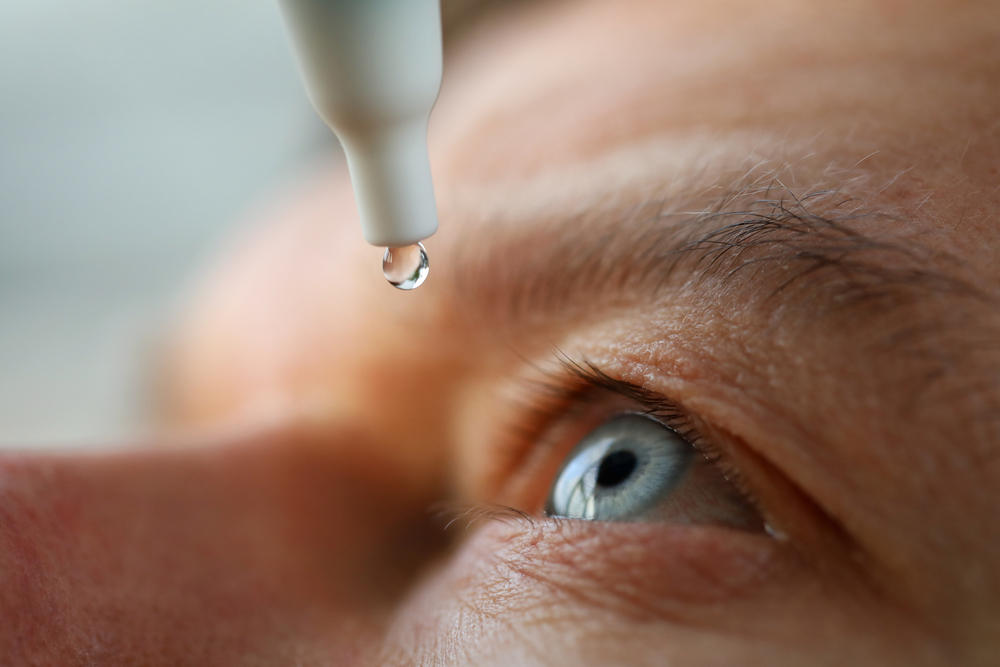
Our Dry Eye Strategies
We offer a wide range of strategies to help you manage your dry eye symptoms. In some cases, we may combine a few approaches to give you a personalized path to soothing eye comfort.
Alongside our array of eye drops, medications, and nutritional supplements, we can offer treatment plans. Learn more about them, or book an appointment to get the help you need today.
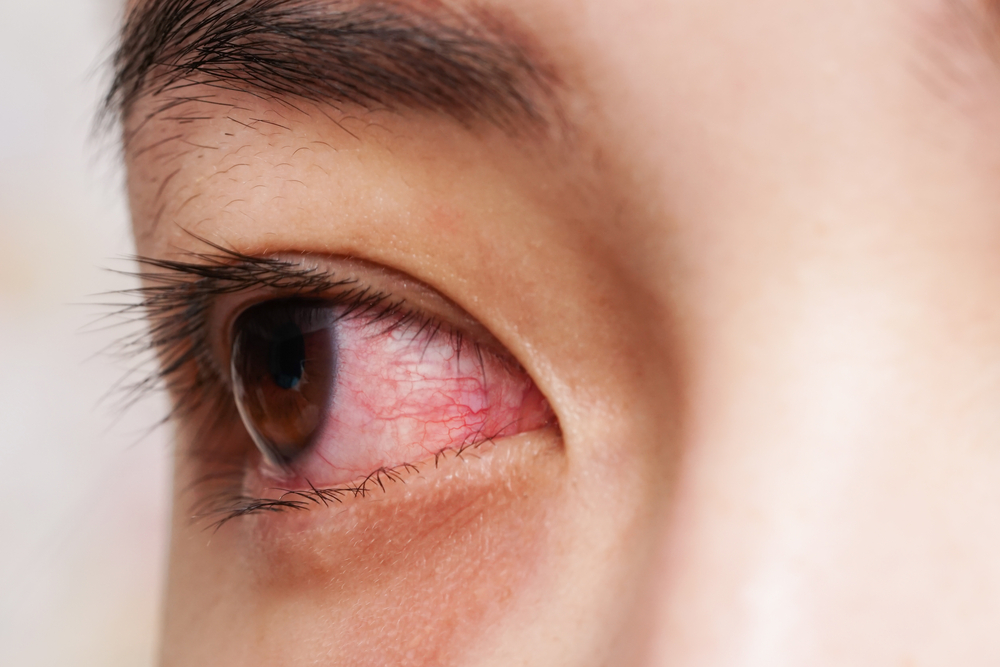
Dry Eye Symptoms
Dry eye symptoms may include:
- Burning sensation
- Grittiness
- Excessive tearing or inadequate tear production
- Redness and swelling of the eye area
- Discomfort when wearing contact lenses
- Blurry vision
Dry Eye Risk Factors
Dry eye risk factors include:
- Prolonged use of digital devices or gadgets
- Medications such as antihistamines and antidepressants
- Age (older adults are more prone to dry eye)
- Living in a dry or windy climate or an air-conditioned environment

Dry Eye & Nutritional Supplements
Nutrition plays an important role in maintaining eye health, especially in terms of tear production and comfort.
Eating a balanced diet consisting of fresh fruits, vegetables, and foods rich in omega-3 fatty acids can support tear production and overall eye health. There are also nutritional supplements you can take to help with your dry eye symptoms.
We offer dry eye supplements at our practice, as well as dietary advice to help support your eye comfort. Ask about Lunovus at your comprehensive eye exam.
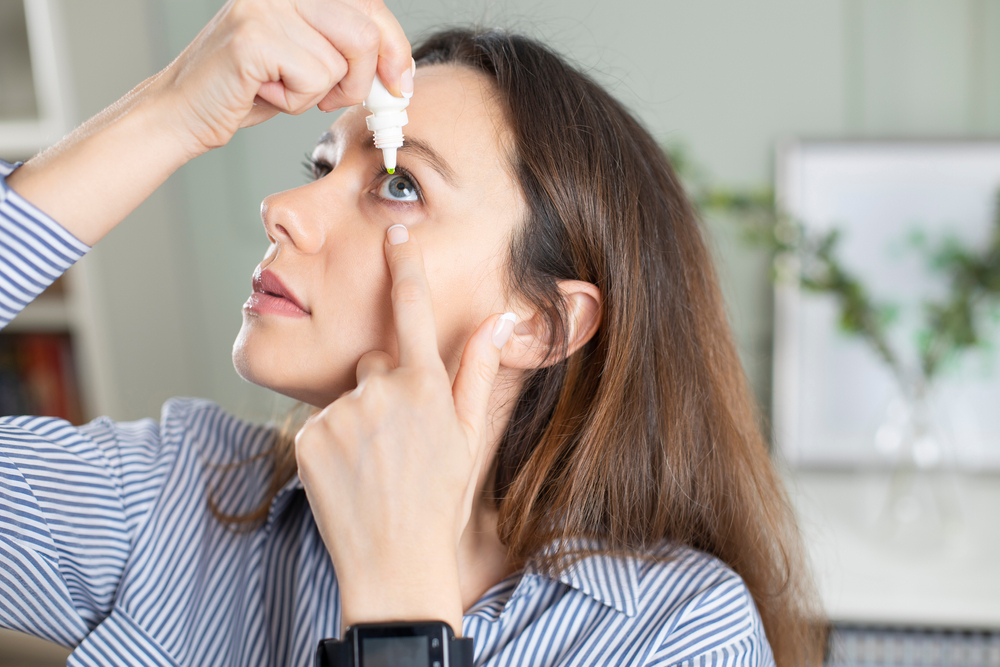
Dry Eye-Related Eye Conditions
There are a few different conditions associated with dry eye. Some might increase the risk of developing symptoms, while others can develop because of inflammation or infection around the eye.
We look for signs of these conditions during comprehensive eye exams so we can address them as soon as possible.
Meibomian Gland Dysfunction
Meibomian gland dysfunction is a blockage in your meibomian glands, which are responsible for secreting oils that keep tears from evaporating too quickly.
When these glands become blocked, it reduces tear production and stability, leaving the eyes feeling dry and uncomfortable.
Blepharitis
Blepharitis is an inflammation of the eyelids caused by bacteria or a skin condition like seborrhea. It can cause dryness and redness in the eyes, as well as irritation and burning sensations.
Get Relief from Dry Eyes Today
Connect with Magnolia Eye Group for a detailed dry eye evaluation – call us or visit our Instagram to learn more about our treatment options. Your clear, comfortable vision starts with a comprehensive consultation at our office.
FAQs
How to cure dry eyes permanently?
While complete elimination of dry eye syndrome isn’t always possible, proper management can provide significant long-term relief. Our multi-faceted treatment approach combines advanced therapies with lifestyle modifications to achieve sustained improvement in eye comfort and function.
What causes dry eyes?
Multiple factors contribute to dry eye development, including extended screen time, environmental conditions, and certain medications. Age-related changes, hormonal fluctuations, and underlying health conditions also play significant roles. Understanding these causes helps develop effective treatment strategies.
Can dry eyes cause blurry vision?
Unstable tear film often leads to fluctuating vision clarity throughout the day. This common symptom of dry eye syndrome typically improves with proper treatment and tear film stabilization.
Can dry eyes cause blindness?
Severe, untreated dry eye cases can potentially damage the cornea. While complete vision loss is rare, early intervention remains crucial for preventing serious complications and maintaining eye health.
What does dry eye feel like?
Symptoms vary but often include burning, grittiness, and light sensitivity. Many patients report feeling like something is in their eye, while others experience excessive tearing or discomfort when wearing contact lenses. These sensations may intensify during screen use or in dry environments.
